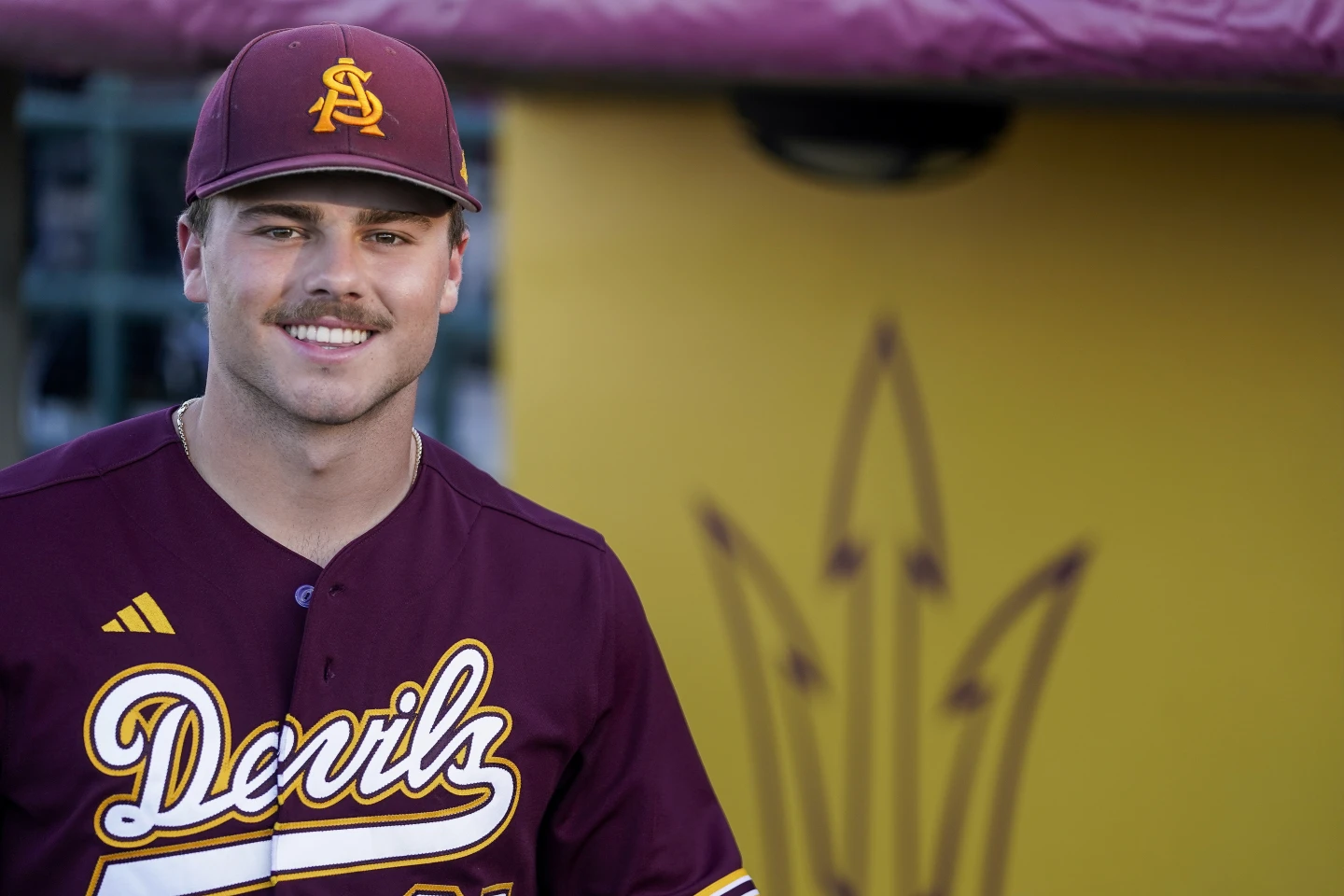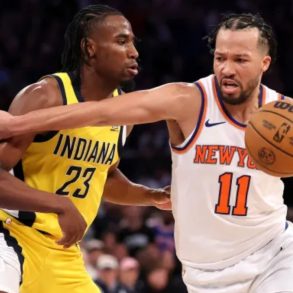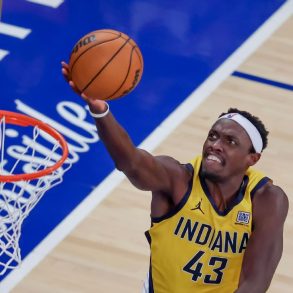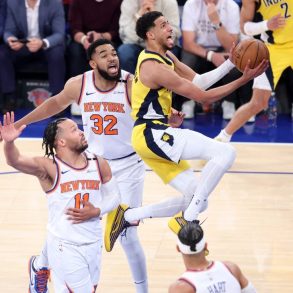Most teenagers commemorate their high school graduation with festivities alongside friends and family, but for Brandon Compton, it meant undergoing Tommy John surgery.
Nearly five decades have passed since Dr. Frank Jobe performed the pioneering procedure on Tommy John’s elbow in 1974, revolutionizing the treatment for torn ulnar collateral ligaments in pitchers. Since then, over 2,200 professional athletes have undergone the surgery, with most experiencing successful outcomes.
In recent years, Tommy John surgery has extended its reach to teenage baseball players, some as young as 14, aiding their return to the diamond following early-career injuries. Compton underwent the procedure at 18, immediately after his senior season in high school, on May 26, 2022.
“Mentally, it was tough,” admitted Compton. “I think it’s the same for everyone. You’re a young player, you expect to dominate in college at a top program, but it didn’t work out that way.”
However, two years later, Compton finds himself back in action for Arizona State University.
Compton’s journey with Tommy John surgery is not unique. In 2023, 23 players drafted in the first 10 rounds of the MLB amateur draft had previously undergone the procedure, a significant increase from just three players in 2011. This trend underscores the surgery’s relative success and its integration into the norm of baseball careers. But what accounts for the rising demand among young players for Tommy John surgery?
“Over the past 15 to 20 years, there has been a significant increase in the number of injuries,” explained Dr. Braiden Heaps from the Phoenix area. “And these injuries are occurring at younger ages.”
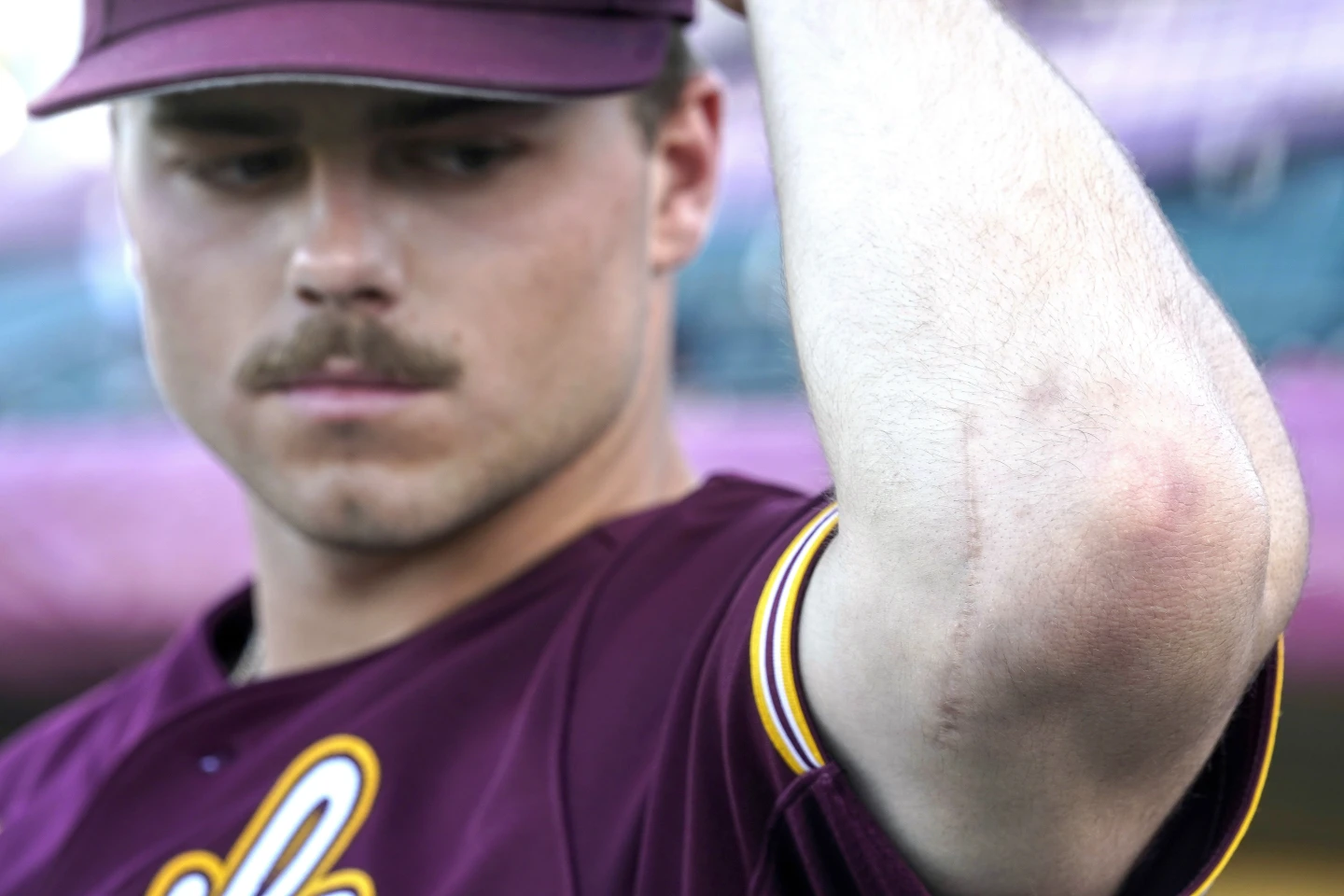
Dr. Gary Waslewski, affiliated with the Arizona Diamondbacks, cited several factors contributing to early elbow problems in young baseball players, including overuse, a longstanding issue in the sport.
Another factor, according to Waslewski, is the pursuit of velocity, characterized by attempts to increase fastball speed prematurely. He cautioned against using weighted baseballs or attending camps promising rapid velocity gains, stressing that such practices put excessive strain on ligaments.
“Hastily seeking velocity is detrimental to the ligament,” asserted Waslewski. “Especially when attempting significant increases in velocity over a short period. These sudden jumps in velocity pose a significant risk of ligament damage.”
Hayden Hurst’s experience with Tommy John surgery aligns with this narrative. He underwent the procedure at 14 after a growth spurt propelled him to 6-foot-1, allowing him to throw much harder than before.
“I was this eighth-grader throwing 90, 91 mph,” Hurst recalled. “It was crazy.” Predictably, Hurst’s elbow gave out under the strain. Fortunately, Hurst’s youth allowed for a relatively smooth recovery. “Twelve months for a 14-year-old…you’re just like, OK, well, I can play video games. Honestly, it flew by,” he remarked.
The allure of heightened fastball speed is understandable for young pitchers. A few extra miles per hour could mean the difference between securing a college scholarship or catching the eye of MLB scouts.
Waslewski recommended patience, advocating for traditional methods like long toss to build arm strength gradually. Long toss involves gradually increasing throwing distance during practice sessions, allowing the shoulder to develop strength naturally without undue stress on the elbow.
While the prevalence of Tommy John surgery among teenagers has increased, so has their understanding of the procedure’s demands. Surgeons like Waslewski and Heaps emphasize selecting candidates who have a genuine future in the sport, as the surgery entails an extensive recovery process.
“If a teenage player approaches Tommy John surgery with the right mindset, they can thrive,” noted Waslewski.
Compton embodies this mindset, channeling his energy into rehabilitation and development as he pursues his baseball dreams at Arizona State. Though still on the road to recovery as a pitcher, Compton has made a significant impact as the team’s designated hitter, showcasing a .429 batting average and four home runs in 14 games.
“It’s almost a blessing,” reflected Compton. “You’ve had a year off to focus on development that you wouldn’t get if you were on the field every day. You get to build good life habits, and you can’t take this game for granted.”



